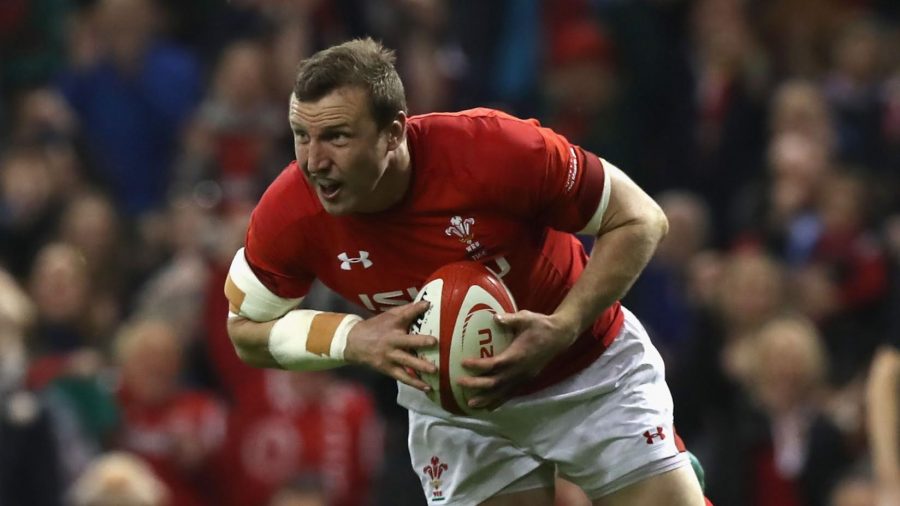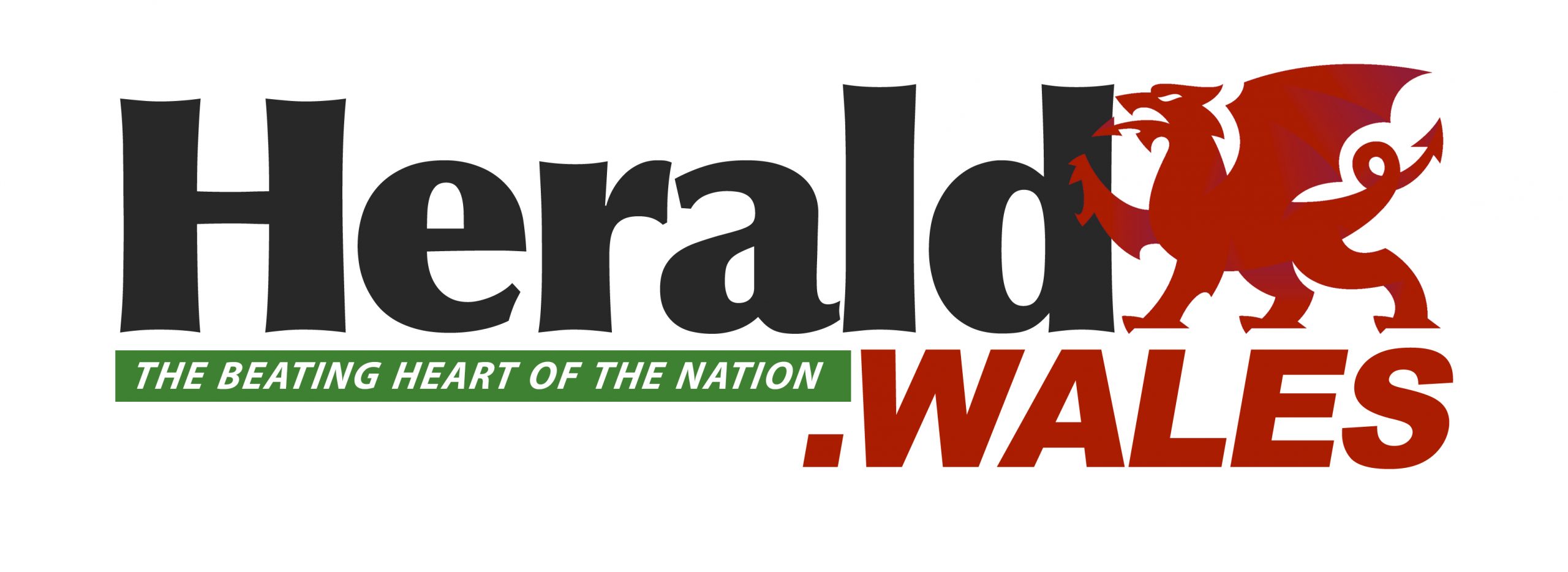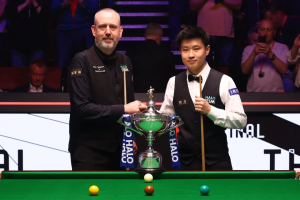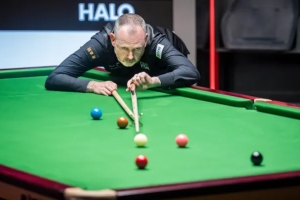THIS WEEK, thanks mostly to the weather, more especially rather too much of it, The Herald looks at the Six Nations’ story so far and the prospects ahead.
WALES
The change from Warrenball to a more open style under new coach Wayne Pivac looks fantastic when it works. When it misfires, however, Wales look disjointed. Strangely, for a side whose members are familiar with each other’s strengths and weaknesses, Wales looked shapeless for long periods chasing the Irish game. While a few faces have changed, nowhere near as many as could account for the lack of nous in key periods of play in Dublin.
The danger the Italian performance flattered to deceive could not be more evident as Wales prepare to face a rejuvenated French team at home this weekend.
Wales will need to tighten up in both first phases of the game. The Welsh lineout has been intermittently effective and conceding a try from a defensive lineout last time out suggests adjustments need to be made in that area.
The Italian pack applied pressure in the scrum. While Wales fared better against the Irish pack, it should be remembered that Ireland were given a real going over in the tight in their victory over Scotland. The French will pose a different question at the scrum. Traditionally strong at scrum-time, the French also tend to lack discipline there. England have mercilessly exposed the French pack’s uneven temperament in years passed and Wales will need to show something of the same guile and wit to combat a large French eight.
Against Ireland, handling errors and turnovers at the breakdown cost the Welsh side dearly. There was – putting it charitably – some confusion about the rule relating to offside at the ruck against Ireland. Wales will be glad that Johnny Sexton is unavailable to referee this Saturday’s game. Matthew Carley of England will be in charge and – if he officiates the same way as he does in the English Premiership – the offside line at the breakdown will be clearer to both teams.
At the time of writing this article, Wales are yet to announce their team for this Saturday’s clash. It would be a surprise, however, if Gareth Davies did not replace Tomos Williams at scrum-half. Dan Biggar is expected to be fit and should start at 10 if he is. Wales might choose to tinker with their midfield. Hadleigh Parkes is nailed on (if fit) and Wales could elect to shuffle George North back inside from the wing, both to get him closer to the ball and for his sheer physical presence. That would be a tough call for Nick Tompkins, who looks a class act but might reflect a wish to counter France’s physical threat.
Wales will need to be markedly better in defence against France than they were a fortnight ago.
FRANCE
There’s been a lot of talk about how France have shown increased dynamism and quality of play. However, France have conceded a lot of tries in their first two matches, something which won’t please the side’s defensive coach, Shaun Edwards.
Under head coach Fabien Galthie, France’s line speed has been outstanding. Sharp in attack and savage in defence, when France get it right they are hard to live with.
The French gave England an absolute pasting for the first sixty minutes in Paris and were better in every phase and aspect of the game. After forty minutes against Italy, they looked ready to run in a cricket score but their second-half performance was patchy and indifferent, even though they had enough quality to see off the Italians.
The undoubted stars of the French team so far have been their half-back pairing of Antoine Dupont and Romain Ntamack. The 9 and 10 look by far the best combination in the Six Nations, combining real pace and flair with tactically astute kicking and slick distribution. If Wales can disrupt the link between the pair – possibly by hitting the channel on Ntamack’s inside shoulder from first phase possession, and that’s a big if – France could be placed on the back foot. Give Ntamack space, however, and there’ll be only one winner. The Welsh back row should have developed a plan to stymie the half-backs and unsettle France’s play from the base and that is likely to be a key element of the game. The two best back-row forwards in this year’s tournament, Justin Tipuric and French skipper Charles Ollivon will have an important say in the outcome of that element of play.
Up front, France look a formidable unit. Wales’ tight five can expect a real examination in the scrum. Wales look vulnerable to the risk of conceding penalties in that phase. Wales’ forward coach, former skipper Jonathan Humphreys, has called for greater consistency from refs at the scrum. As a former hooker, he should know what goes on in the front row stays in the front row. If refs had any idea, they would abolish scrums altogether.
ENGLAND
A sneaking suspicion persists that this England team – and its coach – hit their peak together in the World Cup semi-final win against New Zealand.
Muddled selection in the first two games, especially against France, has made England look unusually ineffectual in game phases where they are usually strong. Juggling around with the back-row and the absence of a specialist number eight has made the English appear jerky and hesitant at times.
England have also lacked definite leadership on the pitch. Owen Farrell is a fine player, if one who divides opinion almost as much as Marmite, but he doesn’t seem an easy fit as skipper of this England team. During the weather-induced chaos at Murrayfield, George Ford looked in control of the team in the pinch.
England’s tight five is a strong unit but seemed far less than the sum of their parts in Paris. Against Scotland, it was hard to tell what was going on, but there appeared to be signs of improvement. The Irish pack are no pushovers but is likely to be less of a challenge than either Scotland or France. If England secure good first phase possession, they should manage to squeeze the Irish supply line to Johnny Sexton. Once that is done, if it is done, England will have gone a long way to winning the game.
IRELAND
Ireland’s new coach Andy Farrell – yes, Owen’s dad – has not tried to uproot tree trunks by changing the Irish playing style.
Abrasive in defence, dogged up front, a strong kicking game remains at the heart of Ireland’s game. Ireland’s skipper, Johnny Sexton, remains the same as he always has been: Ronan O’Gara with gas. Able to vary his game to suit the conditions, slick in the pass, clever with a tactical kicking game, and lethal from the kicking tee, Johnny Sexton’s only remaining ambition is to ref every game he takes part in. A superb all-round player, it is likely that Sexton will want to test out England’s full-back early while keeping the ball away from England’s gifted winger Johnny May.
Ireland’s strength lies in their back-row forwards. Living constantly close to the offside line and led by CJ Stander, the Irish snuffed out Wales’ attacking threat. Against an unsettled English back-row, the Irish loose three could cause real problems.
Jordan Larmour is in sparkling form at full-back and his combination with Andrew Conway looks particularly impressive both with the ball in hand and in defence.
Where Ireland might creak is in the front row. The tight forwards looked exposed by a rugged Scotland scrum and uneven against Wales, conceding a penalty at an attacking five-yard scrummage. England have their problems up front, but anything better than bare parity in the scrum means Ireland will be doing well.
SCOTLAND
Gregor Townsend is a coach under pressure.
Scotland are a combination of exhilaration and frustration. Latterly, there’s been a lot more of the latter than the former.
The rift between Finn Russell and Gregor Townsend suggests a deeper malaise than a clash between one star player and a coach. Scotland were beyond dismal at the Rugby World Cup and the SRU made few friends by waving the shroud of legal action against the competition’s organisers in the aftermath of Typhoon Hagibis, which devastated the area around Yokohama.
On the field in this year’s Six Nations, Scotland have looked solid in the tight and Adam Hastings has made a good impression at 10. Huw Jones looks back towards his form of 2018. But that’s about it. There’s been the odd glimmer from other players but Scotland look hideously disorganised across the field of play, as though the players have just met each other for the first time.
If their campaign could be summed up in one play, it is Stuart Hogg dropping the ball when over the line against Ireland. Collectively and individually, Scotland seem unable to sustain concentration over eighty minutes.
Gregor Townsend was a mercurial and talented player and his coaching career at Glasgow Warriors suggested he brought something of that style allied to a more ruthless cutting edge. However, he looks out of his depth in charge of the national side.
ITALY
If only they could start a game like they finish one, Italy would do a lot better. Too often they are caught cold in the first fifteen minutes and spend time and energy digging themselves out of holes of their own making.
The Italian tight five are a strong unit, they have a gifted playmaker in inside centre Carlo Canna, and Matteo Minozzi is a crackerjack winger. But they are desperately short of consistent quality around the field.
Nevertheless, against France, Italy capitalised when the home team’s concentration waivered and they should provide Scotland with a tough workout and at Stadio Olimpico could finally end their losing streak. That rather depends on which Scotland turns up and the Italian’s ability to pounce on Scottish mistakes with a ruthlessness which has been missing so far, especially against Wales. Time after time in Cardiff, Italy’s pack hauled their team into promising positions only to watch them vanish due to indecision in the backs. The Italian backs need to match their front eight’s effort if they are to get anything out of the game.
The concern is that the gap between Italy and the other Six Nations is growing and calls for an extended, even two-division European international tournament, are sure to add to the pressure the team feels to deliver.
The Six Nations is back













Add Comment